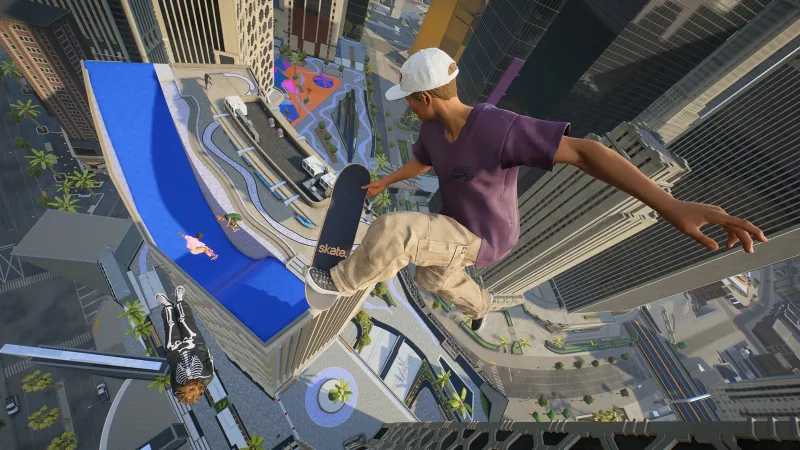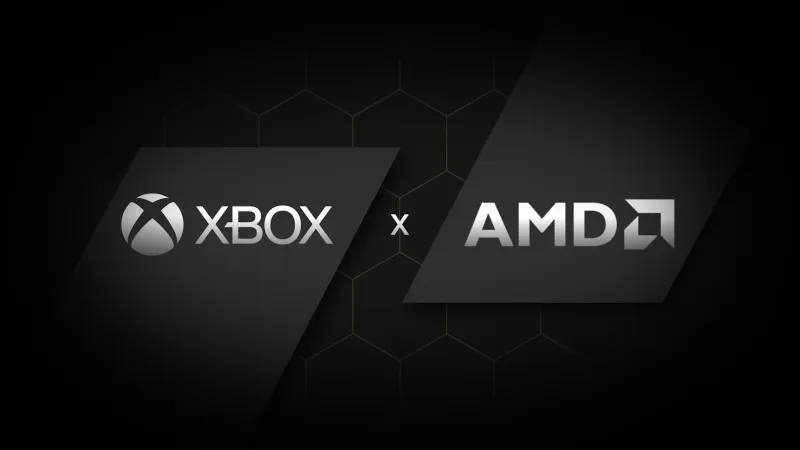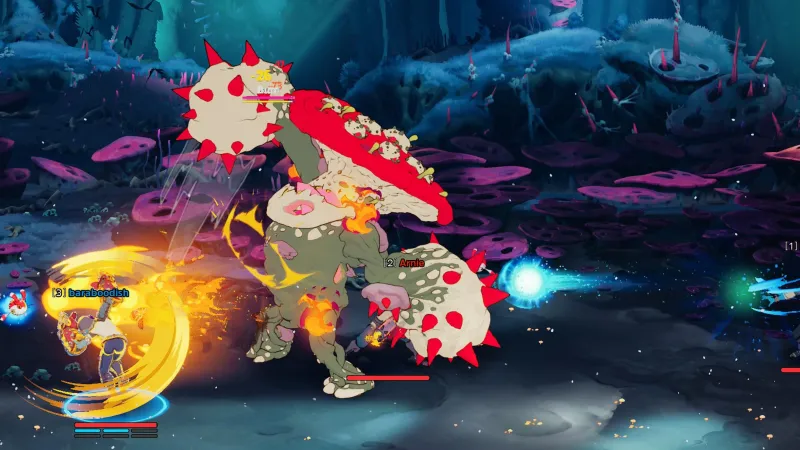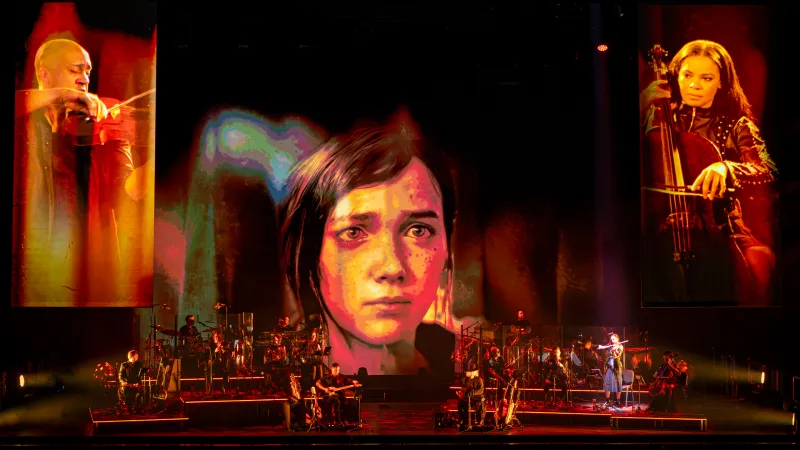Banner Saga and its sequels won plenty of praise from both critics and tactics fans for its deep and thoughtful take on challenging battles set against an inspiration of Norse mythology. After completing the trilogy, the teams newest game feels like a dramatic departure – a bright and inviting multiplayer brawler focused on loot and fast, compelling action.
Ahead of the game’s release on Xbox Game Preview (via Game Pass) on April 29 and as the PC early access title continues to evolve, we had a chance to ask development team members about the project and what makes it distinct.
GI: Towerborne feels like a big departure from the team’s work on Banner Saga. Even so, were there any big carry-over elements or learnings from the team’s prior projects that helped inform Towerborne?
John Watson, CTO & Co-Founder of Stoic: There certainly are some differences between Towerborne and Banner Saga. Banner Saga was driven by the story with the tactical combat mechanics supporting and providing weight and atmosphere. The combat mechanics of Banner Saga were tightly constrained, with small numeric ranges, relatively similar battlefield sizes and opportunities for mobility, and rare loot drops of substantial importance. Towerborne, on the other hand, is driven by its gameplay mechanics and revolves around combat: the action combat skills you develop as a player, the huge amount of variety in combat tactics, the vastly flexible RPG progression system, and of course the great wealth of loot to support and fuel it. The story and lore of the Towerborne world is rich and deep, but unlike Banner Saga it plays a supporting role instead of driving the player’s experience. The Towerborne world is much more approachable and hopeful than the dark and serious world of Banner Saga.
One of the biggest carry-overs from our experience with Banner Saga is the desire to engage with our community and participate with them in a living game. One year into the development of Banner Saga, we released Banner Saga Factions, which was a free online version of the game which focused entirely on multiplayer combat. This allowed us to test, tune, and iterate on the combat in real time with our community. The experience was incredibly positive and many of the people who joined us for that are still with us today. Towerborne allows us to do that again, but on a bigger scale.
GI: Towerborne has an appealing and approachable art style with some familiar fantasy trappings. Can you share some perspective on the art direction of the game?
Arnie Jorgensen, Chief Creative Officer & Co-founder of Stoic: We started with the idea that the player is playing an animated film, something Ghibli’esque. I say “esque” because we were never trying to do something like an anime exactly, we just used it as inspiration to get going. We initially planned on the game being fully 2D, similar to Banner Saga, but eventually to make the gameplay what we think it needed to be we pivoted to 3D and I think that move also shifted us away a little from the initial inspiration. Once we started bringing on more artists and the Lead Concept Artist, Jeff Murchie, the game really started taking on its own artistic identity and it’s been growing ever since. My job has largely been to simply make sure we’re staying within the large bounds of what we initially envisioned and it’s been fascinating and rewarding for me to see it grow into what it is today – the team really killed it I think, all props to them and our amazing Art Director, Pedro Toledo.
GI: While the game seems to be leaning heavily into brawling and loot as core elements, can you share anything about the lore and fantasy setting for all that action?
Daniel McLaren, Game Director: We definitely wanted to expand the concept of the brawler through the introduction of a deeper loot and itemization system, but also we wanted to open up an entire world around the game. The central theme of Towerborne is “hope”. When we sat down and started talking about the story (humanity’s cities have been destroyed by some mysterious antagonist and now they have taken refuge in the Belfry, where our story takes place), the main thing we said was, “This is not a post-apocalyptic story. It’s a post-post-apocalyptic story.” The idea has always been that this story focuses on the restoration of humanity and the reclamation of the world from those who seek to destroy it.
Without giving too much away, the conceit here is that humanity has always had a connection to “the other side”–or, the Ebb–and some rare, but exceptional, humans can interact with it via friendly creatures called Umbra. Through that knowledge and relationship humans learn how to thrive and survive in this dangerous world. Being completely on-brand, humanity gets kinda soft and thinks “What could possibly go wrong?”, and of course, some mysterious agent of evil is like, “yeah, that’s my cue”, and thus destroys the technology that keeps everyone safe.
Well, that action tears the veil between the real world and the Ebb, so now the Umbra are “bonding” to special humans after they die and bringing them back with powers. These are known as Aces, and of course, you play one! So now the game starts with you trying to figure out what happened, who dunnit, and why.
No pressure.
GI: Would you share some details about combat in the game, and how Towerborne aims to elevate above button-mashing brawling?
Isaac Torres, Lead Live Designer: When designing the combat of Towerborne it was always important to make something that was easily approachable and had tons of depth. Towerborne has a lot of similarities to games like God of War and Devil May Cry in terms of combat prowess. Combos can be intertwined in a variety of ways where it’s just fun to try stuff out.
That’s just the start, though. Then you have your more advanced tactics like dodge cancels, jump cancels, special move cancels, and even combo resets. Umbra are reminiscent of assist characters in tag fighting games, giving you an extra tool that you may not normally have. Sometimes you may want to just drop an elbow into a crowd of enemies and see the chaos unfold.
A key philosophy of the combat system is to give players fun ideas that can be explored in a variety of ways. It’s that nuance that really makes Towerborne shine, which is then amplified by the new Class Skills system. Want to expand the capabilities of your favorite move? There’s a Skill for that. You can even change up the functionality of your core Class mechanic. We also have a Skill for players who want to button mash and it’s super fun! There really is something for everyone.
GI: What can you share about Curios and how they feed into the game’s monetization and progression? Would you share some examples of Curios, and how they might differ from items or equipment found naturally through playing the game?
Daniel McLaren, Game Director: One of the most important things we had to figure out early was how we would monetize Towerborne, and something that was incredibly important to us was the idea of getting rid of as much “fear of missing out” (FOMO) as we possibly could. So the main thing here is that none of the rewards in the Curio will impact gameplay, so no Sword of Slaying +100 Damage to Beasts, or boosters, or in-game currency, or anything like that. It’s all cosmetics, expression stickers, emotes, etc. So if a player decided they don’t want to buy a Curio, they’re not being penalized in their actual gameplay.
With that, we wanted to look at how the Curio was structured. Personally I have always hated the idea that the common Battlepass is a linear, arduous system that is stacked with rewards you must get, but might not want to have, and then, if you don’t get all 100 items before the timer runs out–oopsie! Too bad!
So we did a couple things (and happily other games have beat us to the punch so we were able to see our concepts executed in real time): The first was to let players be able to purchase it and complete it whenever they wanted. Or, even better, cherry pick the things you want and then leave it to never be completed if you don’t care. There are a few restrictions in that we’ve structured it in tiers and each tier is unlocked when you purchase a couple items from the previous tier. We do want to incentivize playing the game and giving goals for the players to achieve.
Which leads to the second point: We made sure that the in-game play activities that reward Curio currency (writs) are designed around things you, as the player, want to do. This is important, because a lot of games give you a checklist of challenges to earn battlepass points, and 50% of the challenges are either lame, or they’re things you don’t want to do as a player. So no more, “Go kill 1500 enemies with a pistol while blindfolded and doing a backflip in PvP” tasks. What if I stink with a pistol, or what if I hate PvP? Then I miss out on the currency and my progression is stymied. It’s a terrible feeling and it’s a big reason why players feel penalized for engaging with that kind of a system.
Now one final thing here, and I think this is really important. If a player does not purchase a Curio when it becomes available, normally it would never come back and you would miss out forever on those things. We are working on systems to ensure that the items in the Curio, or the Curios themselves, will make a return. How long until they do? We don’t know, but we want our future players to be able to acquire things that our day-1 players had the ability to acquire–we just want to give the players who bought it when it originally released to have a meaningful window of exclusivity to thank them for helping us thrive!
GI: Can you walk us through the release timeline coming up? Is the game still going to be in early access when update 6 launches at the end of April? On what platforms can players try out the game at that point? Do you have a targeted timeframe for the full 1.0 launch?
Trisha Stouffer, CEO & President of Stoic: Towerborne will continue to be in Early Access / Game Preview throughout the summer and it is available on Steam, Windows PC, and Xbox Series X|S. It is playable on handhelds and via Xbox Play Anywhere. Player reaction and our ability to respond thoughtfully to feedback will influence when we go to 1.0 and the game is free-to-play.








